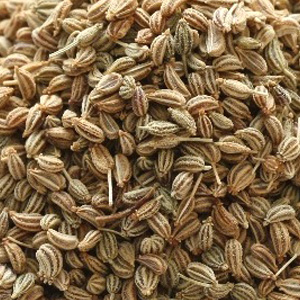
Name : Ajwain
The union of ajwain seeds combines the robust and invigorating traits of capsicum, the bitter essence of chiretta, and the anti-spasmodic attributes of asafoetida. Through steam distillation of the crushed ajwain seeds, an essential oil is meticulously extracted, a treasure trove highly esteemed in the realm of medicine due to its thymol content. In times past, this oil held the distinction of being a paramount source of thymol.
Unveiling its prowess, ajwain seeds are instrumental in crafting invaluable Unani medicines. The resulting ajwain oil, ranging from almost colorless to a nuanced brown, emanates a distinctive aroma coupled with a piquant, fiery taste. Known as “omam” in the southern expanse of India, ajwain enjoys a revered status. Particularly noteworthy is “omam” water, an elixir derived from distilling ajwain seeds, lauded as an exceptional carminative. This aqueous remedy extends its healing touch, alleviating flatulence, indigestion, and diminished appetite. Reverberating through households, “omam” water isn’t confined to South India; it spans across borders, resonating in Sri Lanka, Malaysia, and even parts of Arabian domains.
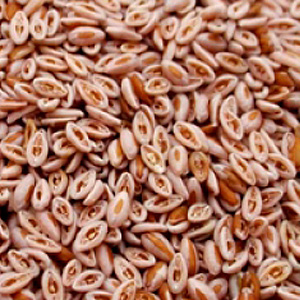
Name : Psyllium Seeds
Psyllium Seed is derived from the desiccated mature seeds of the Plantago Ovataforsk plant. Psyllium husk seeds possess glycosides and mucilage content. These seeds are composed of approximately 19% fiber, 18.8% protein, and 10-20% triglycerides. The husk of psyllium seeds demonstrates the unique ability to form mucilage upon contact with moisture.
Within the realm of health, psyllium seeds exhibit cooling, laxative, soothing, anti-acidic, anti-diuretic, and demulcent properties. The soluble fiber extracted from psyllium seed husk goes by various names, including psyllium hydrophilic mucilloid, psyllium hydrocolloid, and psyllium seed gum. Presenting as a slightly granular powder, ranging from white to cream in color, it boasts a subtle acidic flavor.
Regarded as an effective intestinal cleanser and stool softener, Psyllium Seed plays a role in promoting digestive wellness.

Name : Tukmaria
Tukmerai is a tender low-growing herb is grown as a perennial in warm, tropical climates. There are many varieties of basil used in Italian food is typically called sweet basil, as opposed to Thai basil or holy basil, which are used in Asia. It grows to between 30 and 130 cm tall, with opposite, light green, silky leaves 3 and 11 cm long and 1 and 6 cm broad. The features are as below:
- Flowers are quite big, white in color and arranged in a terminal spike
- Recommended to be used fresh; in cooked recipes it is generally added at the last moment, as cooking quickly destroys the flavor
- The fresh herb can be kept for a short time in plastic bags in the refrigerator
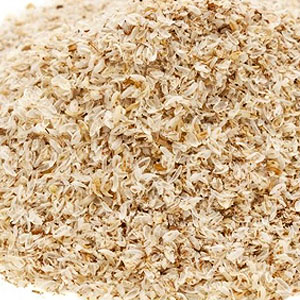
Name : Psyllium husk
Psyllium husk is an excellent source of soluble dietary fibre. It is native to Europe, North Africa and Asia and has been used for thousands of years as a safe and effective bulk laxative, intestinal cleanser and for maintaining bowel function, high in both fibre and mucilage. Modern diets lack natural fibre as it is removed during the refining process; a lack of fibre in the diet can lead to many digestive disorders such as constipation and haemorrhoids and is often the underlying cause to many diseases. Psyllium Fibre is beneficial for both constipation and diarrhoea and can assist in maintaining a normal and healthy bowel function.
100% natural fibre product which consists solely of husks from the plant Ispaghula husk. Husk is a laxative herbal medicine which alleviates the symptoms of constipation, slow bowel movements, diarrhoea and irritable bowel syndrome (IBS) in a 100% natural way – and at the same time you benefit from the cholesterol lowering effects of the fibre.
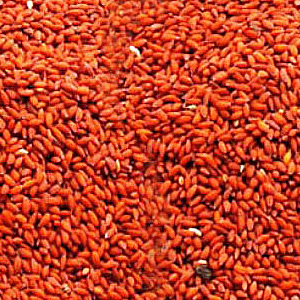
Name : Aselio
Aselio is a major herbal product from India. It is basically of red color and the used part is Halam/ Haloon seeds the main place of origin of this product is Rajasthan.
We have capacity to fulfill your order at any quantity but minimum order in this product is 22 Metric Ton.
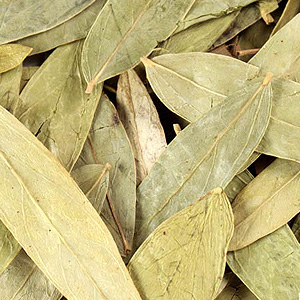
Name : Senna Leave
Tsenna leaves which is used as a purgative agent for various medical applications. Cassia senna leaves is extensively used for cleansing purposes and also widely known as a natural and harmless laxative.
Leaves contain glycosides, sennoside A, sennoside B, sennoside C and sennoside D. Two naphthalene glycosides have been isolated frofn leaves and pods. Senna also contains the yellow flavonol colouring matter kaempferol, its glucoside kaempferin and isorhamnetin.
Leaves and pods are used traditionally as purgatives, Topical use of the leaves for dermatosis is also not uncommon.

Name : Kolinjan
This is the type of ginger Thai cooks use most. The flavor is both more lemony and more peppery than that of common ginger, and it has a richer aroma. The skin is pale yellow, with pink-tinged knobs; the interior is cream-color. Kha is never eaten alone; it is used as a flavoring component. We float large slices into soups or chop and pound pieces into curry pastes.

Name : Star Anise Seeds
Star anise is the unusual fruit of a small oriental tree. It is, as the name suggests, star shaped, radiating between five and ten pointed boat-shaped sections, about eight on average. These hard sections are seed pods. Tough skinned and rust coloured, they measure up to 3cm (1-1/4”) long. The fruit is picked before it can ripen, and dried. The stars are available whole, or ground to a red-brown powder.
Apart from its use in sweetmeats and confectionery, where sweeteners must be added, it contributes to meat and poultry dishes, combining especially well with pork and duck. In Chinese contributes to meat and poultry dishes, combining especially well with pork and duck. In Chinese red cooking, where the ingredients are simmered for a lengthy period in dark soy sauce, star anise is nearly always added to beef and chicken dishes. Chinese stocks and soups very often contain the spice.. It flavours marbled eggs, a decorative Chinese hors d’oeuvre or snack. Mandarins with jaded palates chew the whole dried fruit habitually as a post-prandial digestant and breath sweetener – an oriental comfit. In the West, star anise is added in fruit compotes and jams, and in the manufacture of anise-flavoured liqueurs, the best known being anisette. It is an ingredient of the mixture known as “Chinese Five Spices”.
Star anise has carminative, stomachic, stimulant and diuretic properties. In the East it is used to combat colic and rheumatism. It is a common flavouring for medicinal teas, cough mixtures and pastilles.
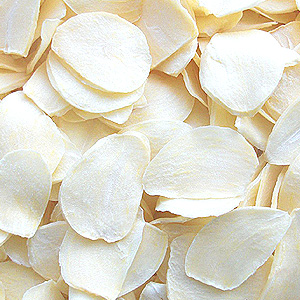
Name : Garlic Flakes
Garlic flakes are simply dehydrated bits of garlic that can be stored for long periods of time and used in all sorts of foods. Garlic flakes work very well in a number of applications. The flakes can easily be added to soups and stews to add a bit of flavor. The used of fried garlic flakes in a meat loaf also ensures an infusion of taste in the finished product. Casseroles can also be enhanced with the use of garlic flakes. Essentially, any recipe that includes cooking time and some sort of liquid is all that is needed. As the flakes absorb some of he juices or liquids during the cooking process, the flakes release the garlic flavor, enhancing the overall taste of the dish.
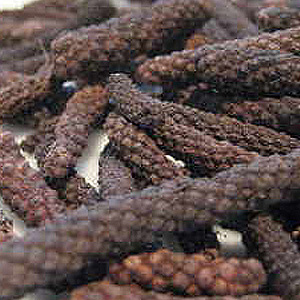
Name : Long Pepper
Long pepper (Piper longum), sometimes called Javanese, Indian or Indonesian Long Pepper. The fruit of the pepper consists of many minuscule fruits — each about the size of a poppy seed — embedded in the surface of a flower spike that closely resembles a hazel tree catkin.
long pepper is an extremely rare ingredient in European cuisines, but it can still be found in Indian vegetable pickles, some North African spice mixtures, and in Indonesian and Malaysian cooking. It is readily available at Indian grocery stores, where it is usually labeled Thippili.
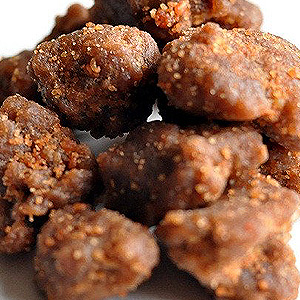
Hindi Name : Hing / Heeng
Botanical Name : Ferula Asafoetida
Family Name : Apiaceae Oleogum
Commercial Part : Resin extracted from rhizome and thickened root
Asafoetida or asafoetida (Devil’s Dung) is dried latex (oleo-gum-resin) exuded from the living rhizome, rootstock or taproot of an umbelliferous plant of varied species. Being a unique blend of finest ingredients, Indian asafoetida from Kashmir enjoys an exalted position in the international market.
The aroma of this spice is less when used in powdered form but the resin has a non-perishable fragrance. The resin is strongly scented and must be fried shortly in hot oil. The reason being that the resin dissolves in the hot fat and gets better dispersed in the food and the high temperature changes the taste to a more pleasant impression.

Hindi Name : Citric. Acid
Citric acid is a weak organic acid, and it is a natural preservative and is also used to add an acidic, or sour, taste to foods and soft drinks.
Citric acid exists in greater than trace amounts in a variety of fruits and vegetables, most notably citrus fruits. Lemons and limes have particularly high concentrations of the acid; it can constitute as much as 8% of the dry weight of these fruits.
The main functions of citric acid and the citrates in foods and beverages can be summarised as follows:
- as a flavour adjunct, to improve taste
- as a pH control agent for example for gelation control, buffering and preservative enhancement
- and as a chelating agent where it improves the action of antioxidants and prevents spoilage of foods such as seafood…
ceae Oleogum
Commercial Part : Resin extracted from rhizome and thickened root
Asafoetida or asafoetida (Devil’s Dung) is dried latex (oleo-gum-resin) exuded from the living rhizome, rootstock or taproot of an umbelliferous plant of varied species. Being a unique blend of finest ingredients, Indian asafoetida from Kashmir enjoys an exalted position in the international market.
The aroma of this spice is less when used in powdered form but the resin has a non-perishable fragrance. The resin is strongly scented and must be fried shortly in hot oil. The reason being that the resin dissolves in the hot fat and gets better dispersed in the food and the high temperature changes the taste to a more pleasant impression.
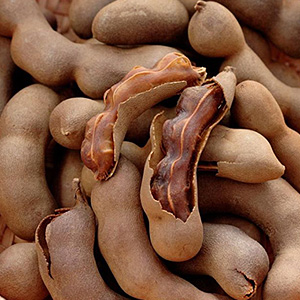
Hindi Name : Imli
Botanical Name : Tamarindus indica L
Family Name : Cesalpiniaceae
Commercial Part : Pods
Tamarind is actually the fruit pod produced by tall, semi-evergreen tree grown primarily in India. The beans and pulp within the pod are virtually no smell, but is has an extremely sour taste. Tamarind is available in whole pods, a compressed block, paste or concentrates and is most likely to be found in Asian markets.
India is the only producer of tamarind on a commercial scale. A large part of India’s production of tamarind is exported to West Asia, Europe and America, where it is used for food specialties like Worcestershire sauce. It is used as the equivalent to lemon juice in Indian cuisine, but is also used extensively in Asian cooking. It is often used to make juices, soups, chutneys and bean dishes.
Available in the form of pulp and juice concentrates it is used mainly for the preparation of cool drinks, seafood and a range of sophisticated cuisine. Fresh tamarind can be stored at room temperature, but should be used within a few days of purchase. Tamarind concentrate can be kept in an airtight container in the refrigerator for several months.

